Electric car sales in the US have not been able to take off because of high prices, expensive maintenance, low quality trust, and the more businesses sell, the more they lose.
Americans love cars, but not electric ones. According to a Pew Research Center survey, fewer than two-fifths of Americans plan to buy a pure electric vehicle (EV). Charging networks are proliferating and there are more EV models to choose from, but the survey results are even lower than last year.
The earnings report reflects this. In the third quarter, electric vehicles accounted for just 8% of total auto sales. So far this year, fewer than a million electric vehicles (excluding hybrids) have been sold in the US. That’s just over half the sales in Europe. Meanwhile, the Chinese are buying four times as many electric vehicles.
From July to September, General Motors (GM) sold 20,000 electric vehicles in the US, compared with more than 600,000 fossil-fuel vehicles. It took dealers an average of 92 days to find a buyer for an electric vehicle, compared with 54 days for a gasoline vehicle. Except for California, Florida and Texas, which account for more than half of US EV sales, the vehicles are still rare in other states.
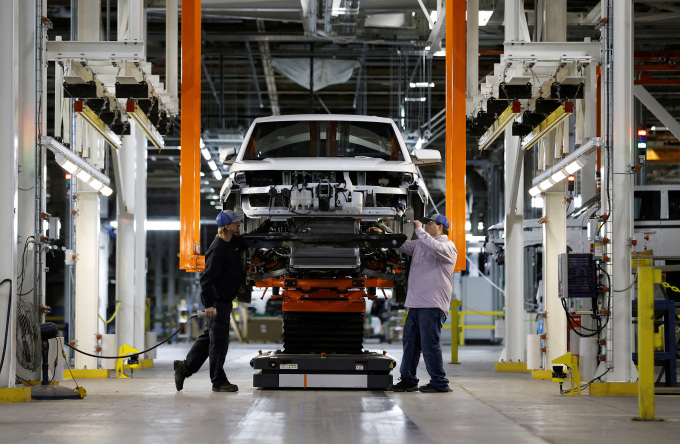
The Lordstown Motors Endurance electric pickup truck line at Foxconn's electric vehicle manufacturing facility in Lordstown, Ohio, November 30, 2022. Photo: Reuters
Weak demand is forcing U.S. automakers to reassess ambitious plans for electric vehicles. Ford said in October it would delay a $12 billion investment in electric vehicles. That same month, GM delayed a $4 billion plan to convert a factory into an electric pickup truck production facility by a year. The Detroit giant also abandoned its electric vehicle production targets, including an expectation of 100,000 electric vehicles in the second half of this year, and did not set a new target.
Battery makers that have partnered with automakers to build battery plants in the U.S. are also becoming cautious. In September, SK Battery laid off more than 100 workers and reduced production at a plant in Georgia. Just in November, South Korea’s LG Energy said it was laying off 170 workers at its Michigan plant.
All of this points to the obstacles on the road to electrifying cars in the US, according to the Economist . This revolution will determine the national energy transition because passenger cars account for 20% of total US carbon emissions.
The biggest obstacle is price. The average electric car costs $52,000, according to Cox Automotive, a consulting firm. That’s not much more than the average gasoline car, which costs $48,000. But beyond the purchase price, the cost of owning a car over the five years after ownership is much higher. After adding in operating costs, an average electric car costs $65,000, due to the need to install expensive home chargers and expensive insurance. That’s $9,000 more than a gasoline car.
The government ’s $7,500 tax credit for electric vehicles can offset some of the price disadvantage, but it only applies to electric vehicles with batteries that are manufactured or assembled in North America or have a minimum critical mineral content from countries with which the U.S. has a free trade agreement.
Once the car qualifies for the incentives, the buyer must also file a federal income tax return to process the paperwork. Meanwhile, electric vehicles are still new and the technology changes rapidly, making it difficult for consumers to know how quickly the car will depreciate after purchase. This factor makes them hesitate or not buy.
Another reason is that some customers are not yet confident about quality. In recent years, a number of electric vehicles have been recalled due to faulty battery packs. In addition, according to a quality survey by research firm JD Power, 7 out of 10 models with the most basic problems, such as door handles, are electric.
Still, the low-end EV market has a leg up. Inexpensive EVs priced under $30,000 seem like a better value for money for Americans, but they’re hard to find. Cheap, high-quality Chinese EVs from companies like BYD have made China the world’s largest EV market and are now flooding Europe. But they’re held back in the U.S. by high tariffs and other barriers.
Meanwhile, US automakers are following Tesla’s lead in focusing on high-end models in search of higher profit margins. GM and Honda (Japan) recently canceled a joint $5 billion plan to build affordable electric cars.
All of this has sent the U.S. auto industry into a tailspin. Consumers’ reluctance to splash out on expensive electric vehicles is forcing automakers to offer steep discounts to clear inventory. Tesla has slashed prices multiple times over the past year. Manufacturers overall are offering discounts of nearly 10 percent on electric vehicles on average, double the discounts for gasoline cars.
But this makes it even more difficult for automakers to develop electric vehicles. Ford is losing up to $62,000 on each electric vehicle sold, compared with a net profit of $2,500 on each gasoline car. This continued loss could discourage automakers from investing in electric vehicles, which are a condition for attracting more customers.
American automakers are still hoping to break out of this vicious cycle. They’re mostly delaying investments in electric vehicles, not abandoning them. In the next year or two, many companies are expected to introduce dedicated platforms for pure electric vehicles, rather than taking a gasoline-powered chassis and swapping out the internal combustion engine for an electric motor and battery.
Some of the quality issues that have plagued electric vehicles are expected to be resolved as production lines are completed. And from January 2024, tax incentives will also be available at the point of sale, making it easier for buyers to complete the paperwork.
All of this will eventually improve quality, expand product lines, reduce prices, and help companies make money selling electric vehicles. Ultimately, the electric vehicle revolution in America may come, but a little later than expected.
Phien An ( according to The Economist )
Source link




![[Photo] Binh Trieu 1 Bridge has been completed, raised by 1.1m, and will open to traffic at the end of November.](https://vphoto.vietnam.vn/thumb/1200x675/vietnam/resource/IMAGE/2025/10/2/a6549e2a3b5848a1ba76a1ded6141fae)



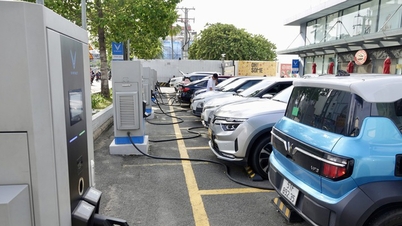





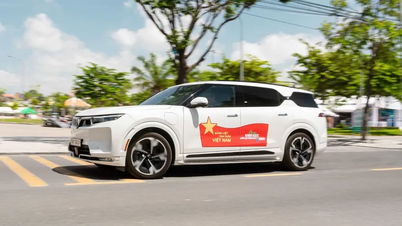

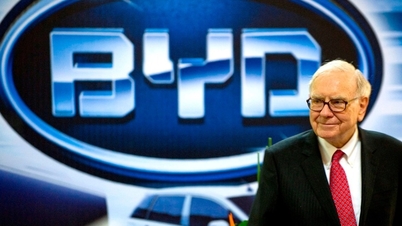





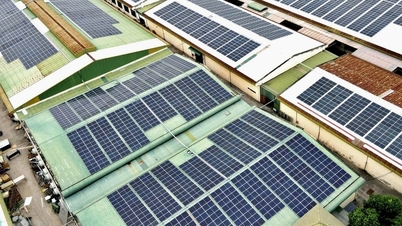















































































Comment (0)